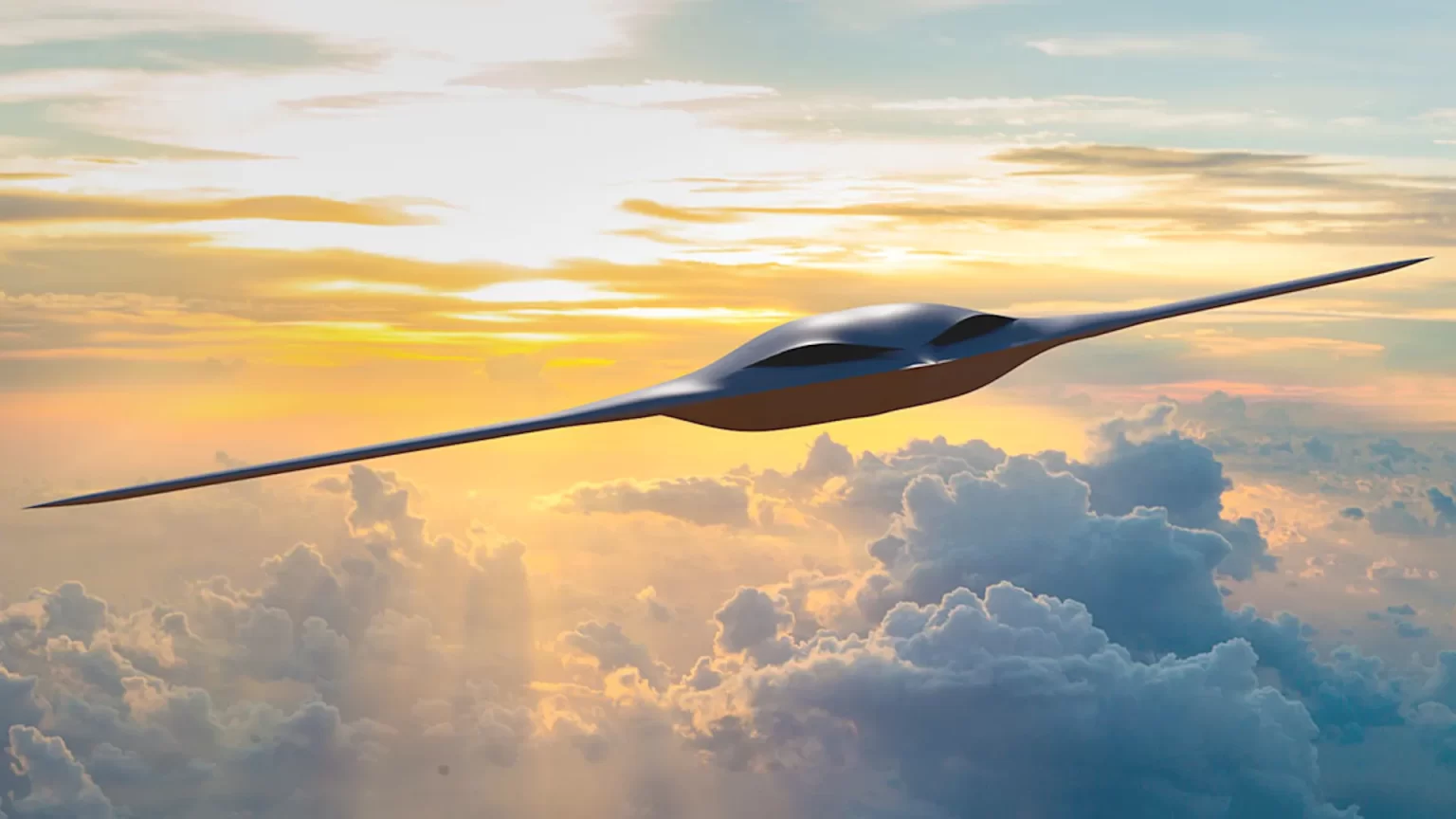A New Era for Stealth Reconnaissance
The U.S. Air Force is quietly developing a cutting-edge hybrid-electric reconnaissance drone named Ghost Strike, designed to offer ultra-quiet, long-endurance intelligence capabilities in contested environments. Managed by AFWERX and supported by the Air Force Special Operations Command (AFSOC), Ghost Strike represents a next-generation leap in unmanned ISR technology tailored for stealth, sustainability, and survivability.
Why Hybrid-Electric Propulsion Changes the Game
Stealth and Silence Over the Battlefield
Unlike traditional drones such as the MQ-9 Reaper, which rely on loud combustion engines, Ghost Strike is being engineered with a hybrid-electric propulsion system. This enables quieter operations with a drastically reduced acoustic and infrared signature — crucial for evading modern air defense systems.
Extended Endurance and Tactical Flexibility
The hybrid system provides the endurance of fuel-based propulsion while leveraging electric mode for silent flight during ISR tasks. This combination enhances the platform’s ability to loiter for longer durations and adapt to dynamic mission profiles.
Modular Mission Systems and Autonomous Capability
Multi-Role ISR Payloads
Ghost Strike’s airframe supports modular payload integration, allowing for a diverse set of mission configurations. Expected sensor packages include:
- Electro-Optical/Infrared (EO/IR) cameras
- Signals Intelligence (SIGINT) suites
- Electronic
Support Measures (ESM)
- AI-assisted onboard processing units
For a comparison, see our Top Modular UAV Sensor Systems guide.
Open Architecture and Interoperability
The system is being designed with open architecture principles to enable future upgrades and cross-service compatibility. Its software backbone may allow for autonomy-enabling features such as route optimization, automated object recognition, and real-time threat assessment.
Strategic Importance for Modern Warfare
Operating in A2/AD and GPS-Denied Environments
With growing threats from near-peer adversaries like China and Russia, Ghost Strike is tailored for operations in anti-access/area-denial (A2/AD) environments where traditional drones may be neutralized quickly. Its stealth features and hybrid powertrain allow it to operate with minimal risk of detection.
Special Operations and Denied Area Reconnaissance
Ghost Strike is expected to play a pivotal role in supporting U.S. Special Operations Forces (SOF) in ISR, battle damage assessment, and persistent surveillance. Its small footprint, silent approach, and data relay capabilities make it ideal for politically sensitive missions.
See also: Covert UAV Operations in Modern Warfare
Development Timeline and Industry Involvement
AFWERX and Agile Acquisition
The drone is being incubated through AFWERX’s innovation ecosystem, leveraging rapid prototyping and collaboration with non-traditional defense companies. This aligns with the U.S. Department of Defense’s broader push toward energy-efficient, scalable unmanned systems.
Projected Fielding Timeline
Initial test flights are anticipated in fiscal year 2025, with further development milestones tied to Joint All-Domain Command and Control (JADC2) exercises by 2027.
Challenges and Considerations
Despite its potential, several hurdles must be addressed:
- Battery power limitations restrict fully silent loiter durations
- Thermal management for hybrid systems in high-altitude missions remains complex
- Systems integration with legacy ISR and command platforms is still evolving
A New Vanguard in Covert Intelligence Gathering
The Ghost Strike drone represents a paradigm shift in how the U.S. military will gather battlefield intelligence in the future. Its hybrid-electric propulsion, stealth-first design, and modular payload capability ensure operational relevance across future peer conflict scenarios. As the geopolitical landscape evolves, Ghost Strike could emerge as the cornerstone of America’s next-gen reconnaissance architecture.








